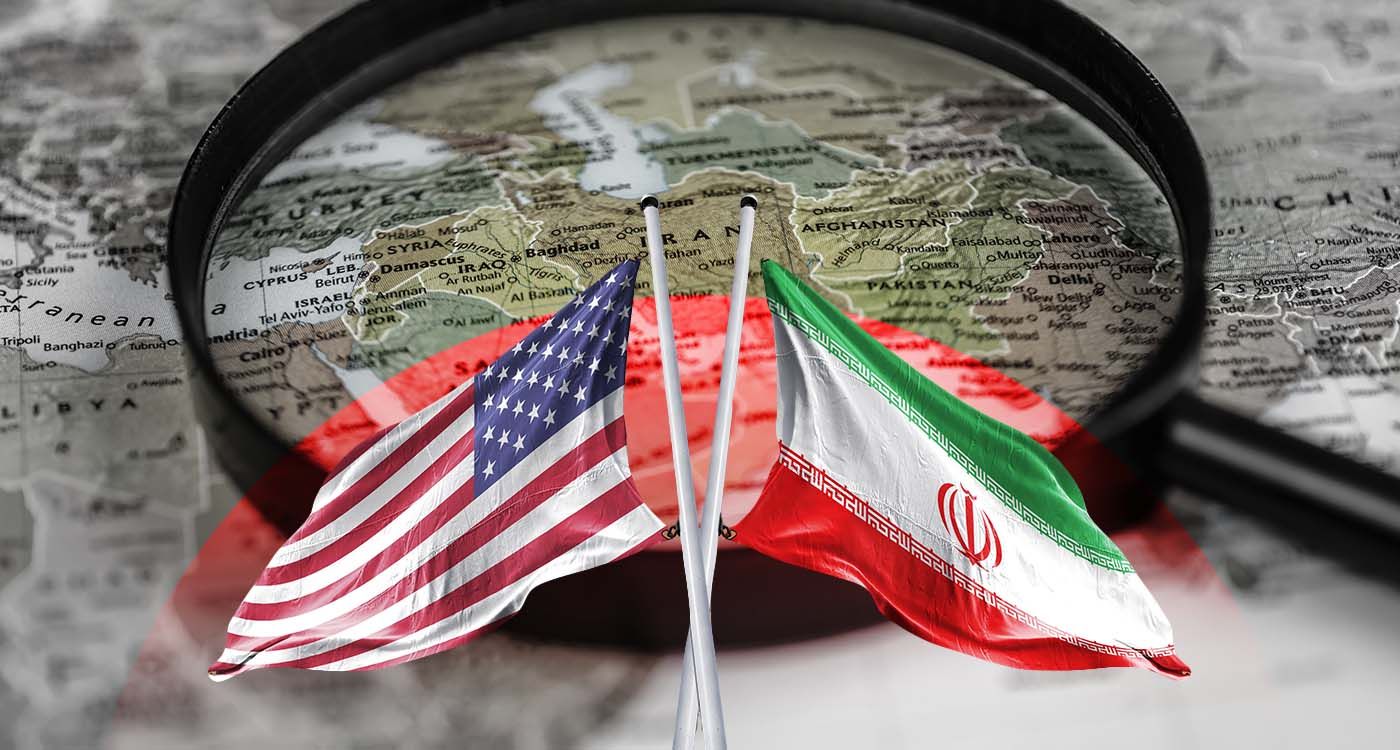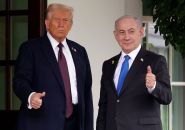- Home
- Middle East
- The Future of US-Iranian Negotiations

©This is Beirut
The finalization of negotiations between Iran and the United States is unending guesswork. What are the benchmarks that we should enlist if we were to track the evolution of the process, and is there any deadline that we may expect down the road? Unfortunately, none of these questions is likely to be answered since the Iranian agenda is shifting continuously, and there is no principled commitment to uphold the negotiating course and abide by its stipulations.
We are always referred to the grey zone and its fluctuating boundaries. The questions of peace; the end of regional destabilization politics and state terrorism; military denuclearization; political and social liberalization; and fundamental human rights are altogether moot and left most of the time unanswered. The rationale behind these equivocations is far from being mysterious: any formal engagement in this regard puts at stake the future of the regime and undermines its highly contested legitimacy. Hence, how would the American negotiation proceed when the plot is so murky?
The answer to this relevant interrogation is the situational constraints that are forcing the Iranian regime to engage in negotiations and navigate its course. The destruction of the operational platforms of the Iranian regime across the Middle East and the new geostrategic and political dynamics ultimately account for the actual readiness of Iran to negotiate. In addition, the state of economic stagflation, financial bankruptcy, deepening social and environmental crises, and institutionalized violation of basic human rights are quite explicative.
This regime has lost whatever credibility it had to uphold its fledgling legitimacy. The underlying rationale behind its behavior is its salvation at a point when nothing works. In contrast, the United States is determined to outmaneuver Iran's ability to question global nuclear security, put at stake its control regimes and pursue destabilization politics and state terrorism within and without. The newly established geostrategic and political dynamics have provided a suitable framework to resume negotiations and sway the inherent recalcitrance and ambiguity.
The negotiation scenarios are based on different assumptions and do not seem to converge. The survival strategy of the Iranian regime doesn’t comply with the normalization and reformist subtext that unites both the US and the Iranian opposition agendas. The ideological and strategic predicates are moving in opposite directions. The Iranian regime cannot navigate its meandering course forever; its different aisles should either agree to the inevitability of normalization and its reformist corollaries or incur the risk of a military confrontation with the United States and Israel.
The likelihood of dissent and systemic debacle may favor a coup d’état and the emergence of alternative scenarios. In whichever case, there must be an end to the circumnavigation and its beaten tracks. The end of this stalemate must opt for either course: normalization and reforms or the hazards of a destructive military confrontation. The hackneyed political scenarios and their cortège of open-ended maneuvering are no longer part of the accepted political scenarios.
At the same time, the Iranian regime is pursuing its sabotaging strategy in the Middle and Near East (Gaza, the West Bank, Lebanon, Iraq and Yemen) by instigating civil wars, employing victimization politics, using human shields and fostering consolidated instability. This political deviousness should be firmly countered through conflict mediation, strengthened domestic oppositions and military containment. Peace has no chances if this context of open-ended lability perpetuates and questions the politics of normalization, peacemaking and incremental reformist policies. There is no more place for prevarication and ambiguity.
The situation in Lebanon is a case in point because it illustrates the typical duplicity that characterizes the overall political maneuvering of the Iranian regime. The remnants of Hezbollah and acolytes are trying to outmaneuver the international mandates (1701, 1680, 1559) that aim to end the state of institutionalized extraterritoriality (Hezbollah’s military, political and existential sanctuaries; Palestinian camps) and their ancillary subversion politics and help the Lebanese state restore its sovereignty.
The same ploy of procrastination and deceitful simulations whereby Hezbollah plays on time while putting in traction, political obstructionism, instigating inter-communal animosities and pledging on the Iranian regime’s ability either to win a deal that accommodates its ideological agenda or to await the extinction of the dynamic that undermined its political momentum.
Paradoxically enough, the new executive that came to power at the heels of the changing dynamics brought about by Israel's destruction of the Iranian power base throughout the region has not only failed to uphold its commitments under the supervision of the US and the international community but also refused to acknowledge the new narrative and to act on its basis. While turning a blind eye to the subversion strategy, the executive is intentionally failing in its constitutional obligations and putting at risk civil concord and regional peace. The Lebanese government cannot evade constitutional and international mandates and claim its concern about the future of civil concord and regional peace.
Read more





Comments